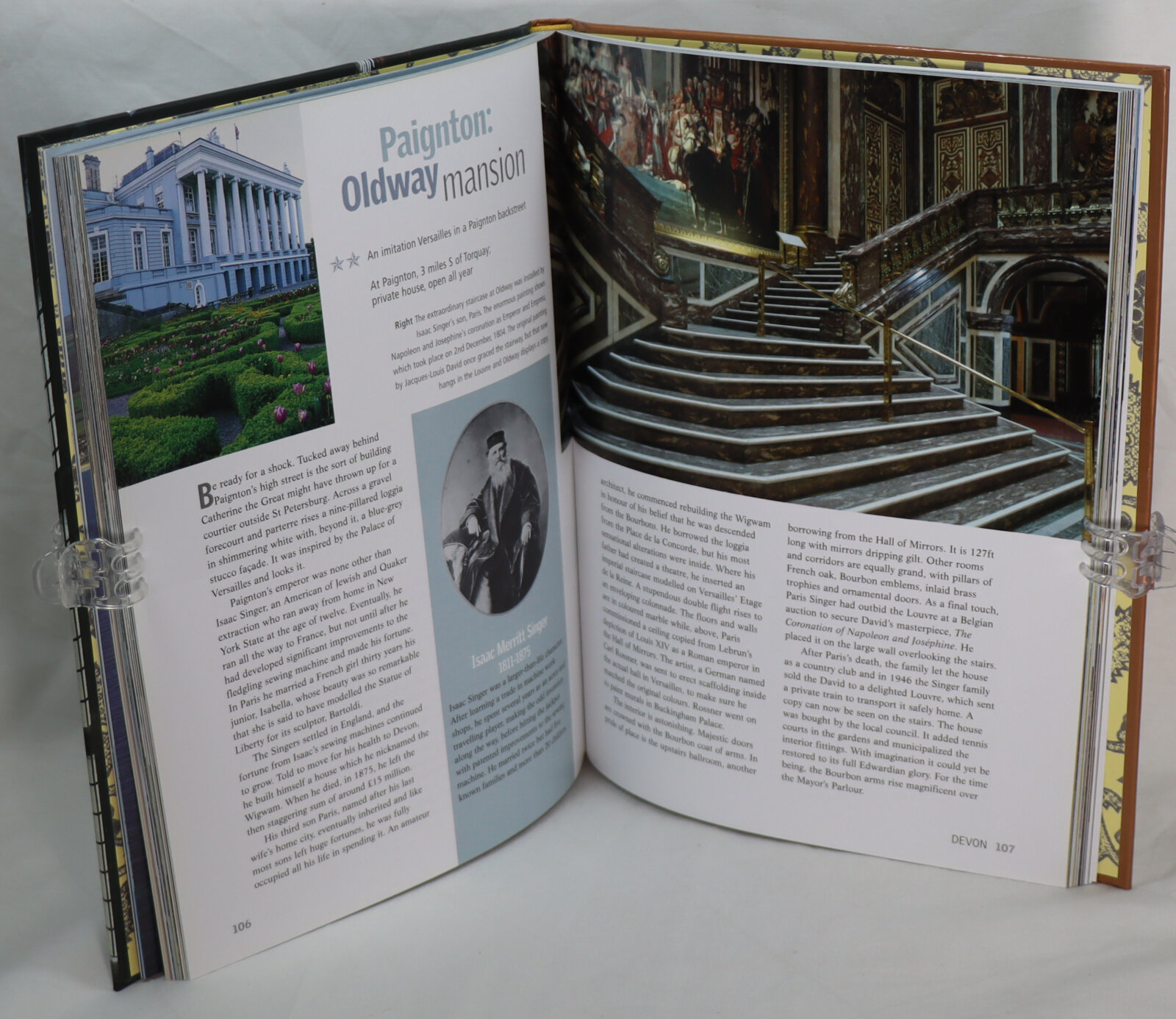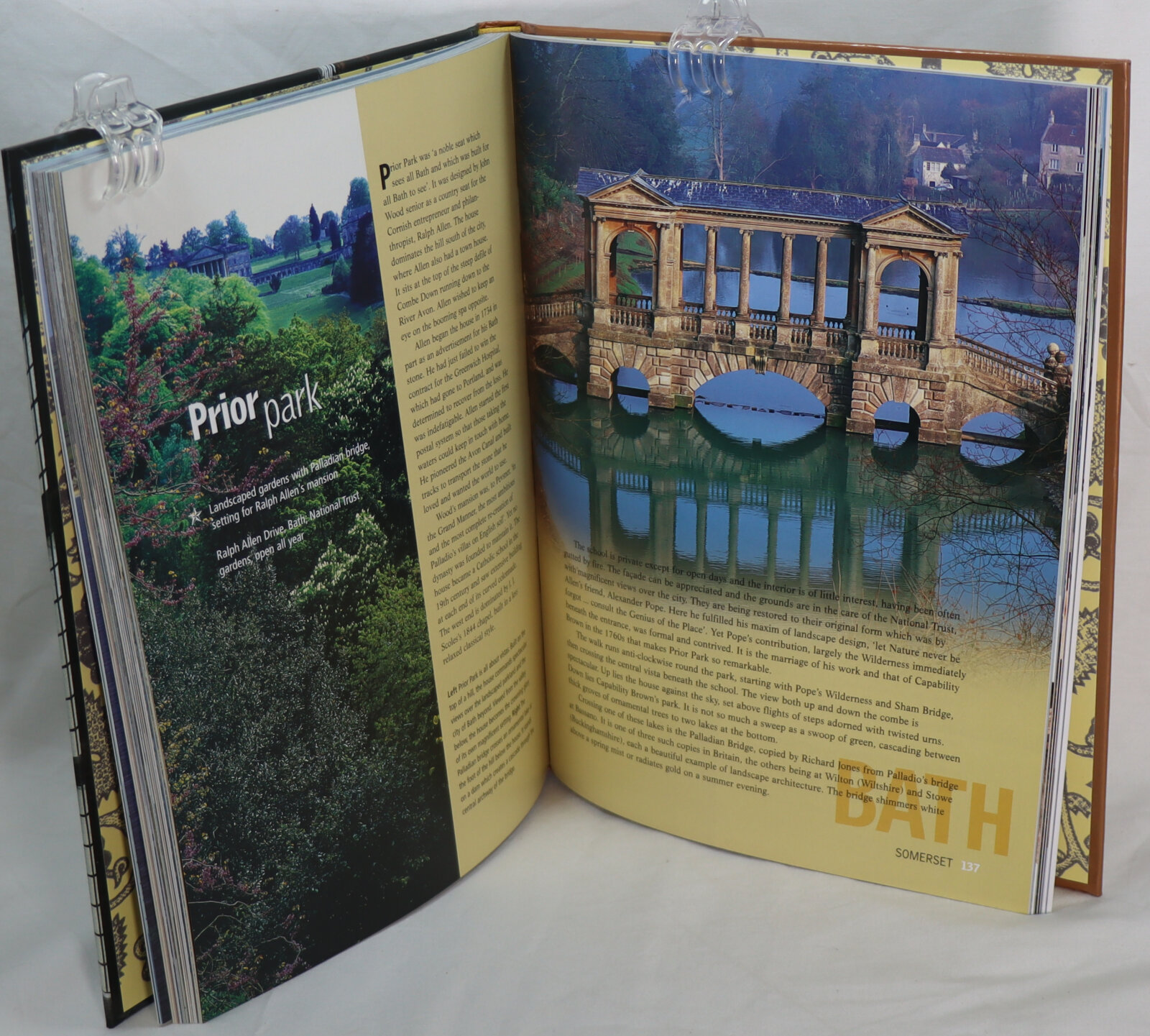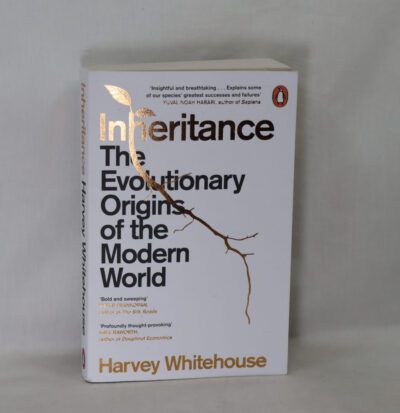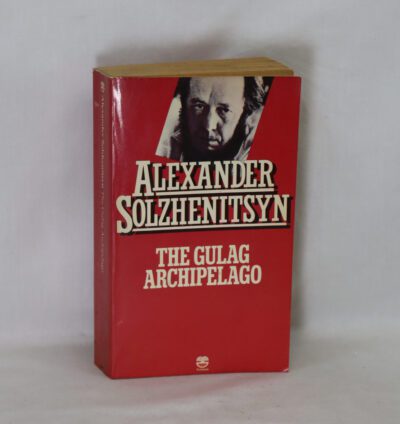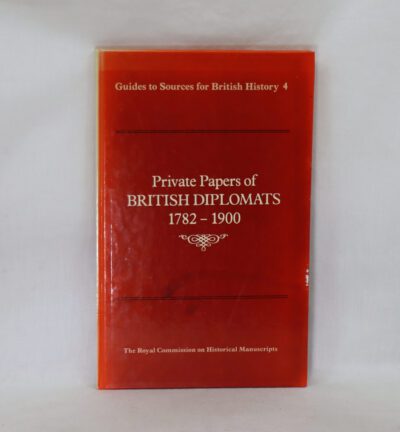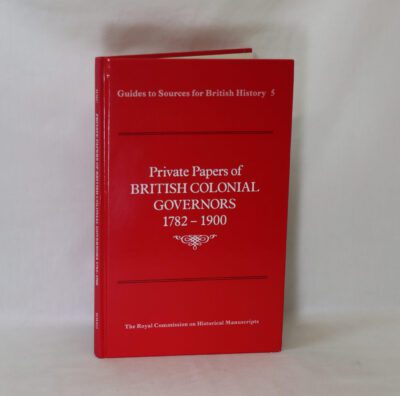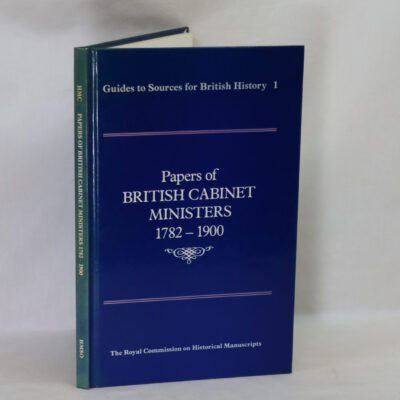West Country.
By Simon Jenkins
ISBN: 9781782830603
Printed: 2005
Publisher: Reader's Digest. London
| Dimensions | 22 × 28 × 2 cm |
|---|---|
| Language |
Language: English
Size (cminches): 22 x 28 x 2
Condition: Fine (See explanation of ratings)
Item information
Description
Brown board binding with white title and interior view of a historic house.
-
F.B.A. provides an in-depth photographic presentation of this item to stimulate your feeling and touch. More traditional book descriptions are immediately available.
Britain has more historic houses, great and small, that are open to the public than anywhere else in the world. Stately homes, ruined castles and abbeys, merchants’ mansions, peasants’ cottages – the stories of such buildings and their occupants, past and present, add up to an extraordinary record of our history. Author Simon Jenkins is a leading writer on this rich heritage. Here we present his vision of the West Country’s 97 most impressive, interesting or unusual dwellings – from elegant Montacute in Somerset and medieval Buckland Abbey in Devon to Cornwall’s much-visited Lanhydrock and the tiny Fisherman’s cottage in Clovelly. Enhanced with photographs selected by the editors of Reader’s Digest. This hardback book has 192 pages.
Review: This book forms part of a series issued by the Reader’s Digest in 2008, based on a guide to `England’s Thousand Best Houses’. The contents have not been updated: for example, the entry for Ugbrooke House refers to restoration due to be completed in 2007. But what makes these Reader’s Digest regionally-based editions special is their stunning photography, allied to the fact that they have been produced in large A4 format. In his introduction Jenkins informs us that, “The selection is a personal list and the commentary is a personal vision.” All the houses featured are either open to the public at some point in the year or are viewable from a public place. This book – which concentrates on the three counties of Cornwall, Devon, and Somerset – has none of Jenkins’s five-star houses. However, there are four four-star properties, namely Cothay, Lanhydrock, Montacute, and Saltram. There are ninety-seven properties featured in total: twenty in Cornwall, thirty-nine in Devon, and thirty-eight in Somerset. And by `Somerset’ Jenkins means the old county boundary; so it includes properties in and around Bath and in the county of Bristol (north and south of the Avon). In age they range from the Romano-British houses at Chysauster to the Modernist High Cross House at Dartington. They are not all stately homes and castles. Jenkins includes such places as Bodmin Gaol and the odd hostelry or two. Of city houses that are featured, five are in Bath, four in Bristol, and three in Plymouth. Ruinous Poltimore House, outside Exeter, is included “out of expectation.” And if Berry Pomeroy Castle were his, “I would be tempted to rebuild it.” So how are each of the houses treated? Let us take the first – Antony House in Cornwall – as an example. Here seven paragraphs convey the essence of the house, together with five photographs of the property, both inside and out. Jenkins remarks on the house’s structure, its contents and the vistas to be seen. Of the ancestral portraits adjacent to the staircase, he notes how the still-resident family “must be reminded of its longevity and dignity even on its way to bed.” Jenkins has much that is insightful – and occasionally provocative – to say. He laments that Cotehele has become “a tapestry mausoleum”, but to roam its valley garden “is like wandering through the tapestries inside.” At Trerice, “Here I encountered that rare sight, a National Trust guardian snoozing in a side room in the heat of a warm day. I sympathised, and tiptoed out.” But at Arlington Court he is less sympathetic: “the upstairs bedrooms have been trustified. Even the clutter seems to have been arranged by a committee.” And at Saltram there is “the bossiest team of National Trust wardens I have yet encountered.” (The book was written before Jenkins became Chairman of the National trust.) There are one or two errors. Jenkins unfortunately repeats the canard about Drake buying Buckland Abbey anonymously from Grenville, and Coleridge was not at his home in Nether Stowey when the `person from Porlock’ called and ruined `Kubla Khan’. The book ends with a basic architectural glossary, references to sources, contact details, and index. But, as stated at the start of this review, what makes this series of books worth having – beyond the benefit of Jenkins’s words of wisdom – is the superb and often stunning photography.
Want to know more about this item?
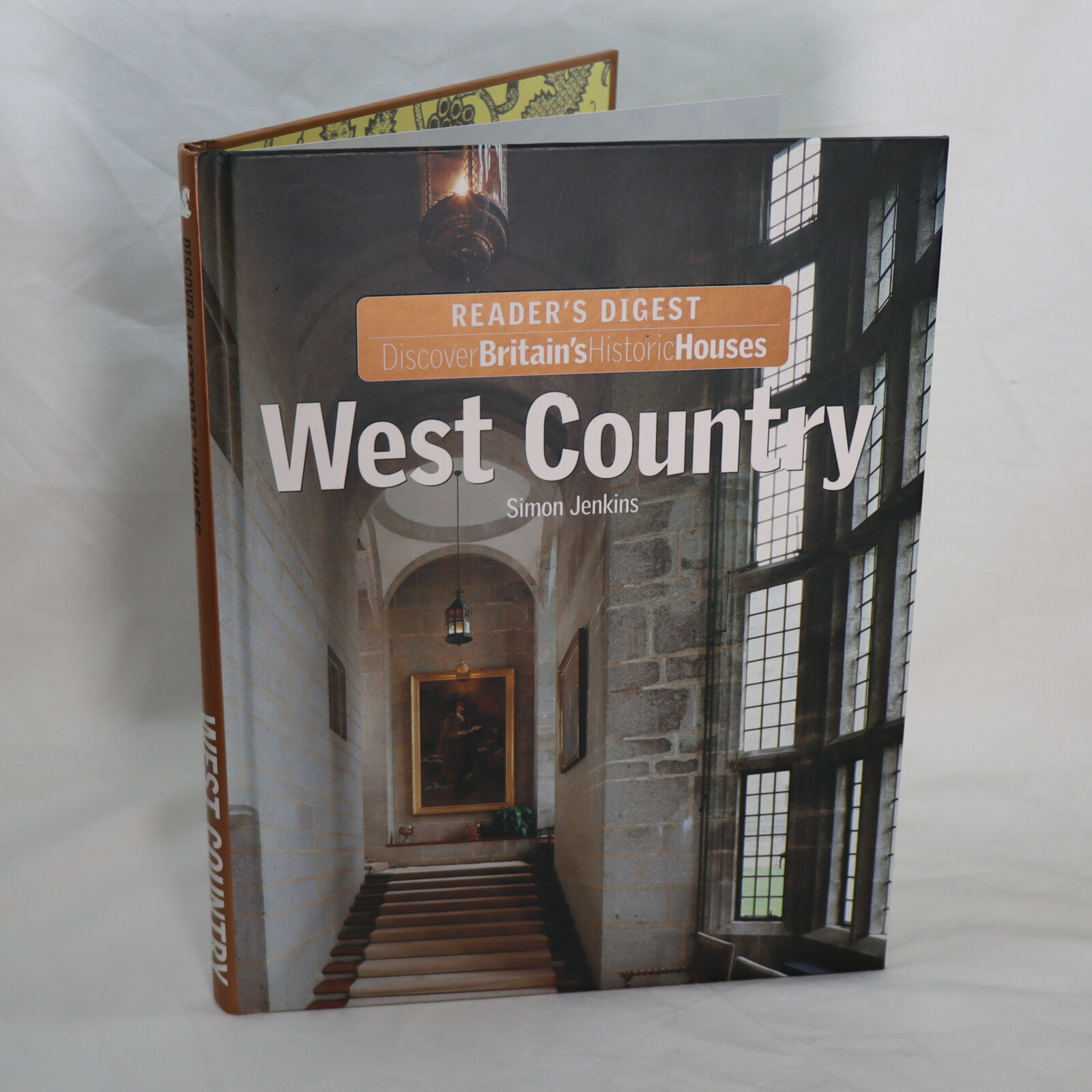
Share this Page with a friend

